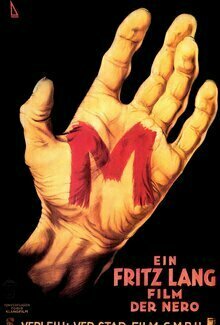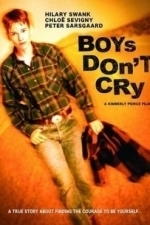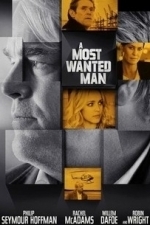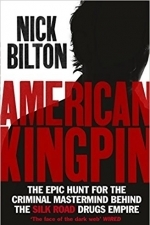
American Kingpin: Catching the Billion-Dollar Baron of the Dark Web
Book
A NEW YORK TIMES BESTSELLER The unbelievable true story of the man who built a billion-dollar...
crime biography
Kirk Bage (1775 KP) rated M (Movie) (1931) in Movies
Jan 28, 2021
Peter Lorre as the killer compelled by his own weakness and madness gives an unfeasably nuanced performance for the era also. He is mesmerically creepy and unforgettable. Images and motifs (such as the whistle that indicates the murderer is lurking) abound, creating a landscape of pure mood and disease. As a morality tale it touches on issues of vigilantism and true justice that still has some relevance today. It also works as an entertaining thriller, and there wasn’t a minute I felt bored or distracted. The only jarring element are the scenes where Lang cuts the sound entirely to create tension and focus – they feel like technical mistakes, not deliberate choices. Otherwise, I could not have been more impressed and pleasantly surprised by this Euro classic for all time. If I were making a list of the best films ever made that disregarded the limitations of the age, then M would definitely make the cut.
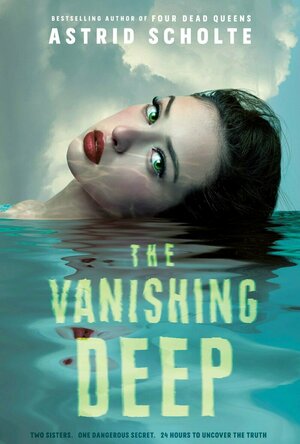
The Vanishing Deep
Book
Seventeen-year-old Tempe was born into a world of water. When the Great Waves destroyed her planet,...
YA Fantasy
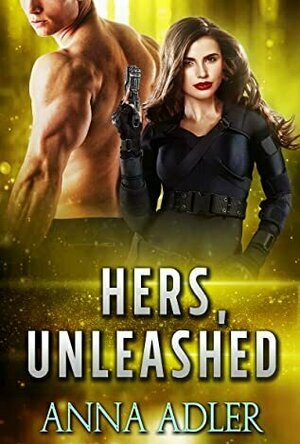
Hers, Unleashed (Hers #3)
Book
Hot. Obedient. And he wants to be hers. What could possibly go wrong? Silenian security guard...
Erotic Dystopian Science Fiction Romance
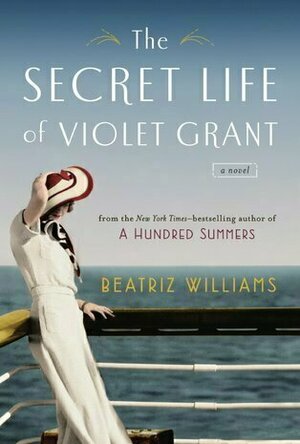
The Secret Life of Violet Grant (Schuyler Sisters #1)
Book
Manhattan, 1964. Vivian Schuyler, newly graduated from Bryn Mawr College, has recently defied the...
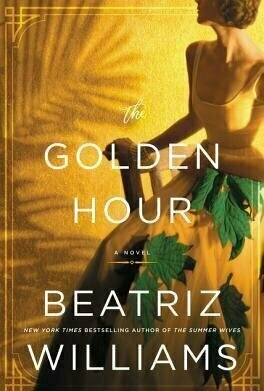
The Golden Hour
Book
The Bahamas, 1941. Newly-widowed Leonora “Lulu” Randolph arrives in Nassau to investigate the...
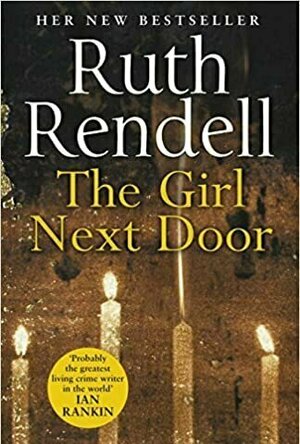
The Girl Next Door
Book
The dazzling new novel from Ruth Rendell. When the bones of two severed hands are discovered in a...
Darren (1599 KP) rated Boys Don't Cry (1999) in Movies
Jul 25, 2019
On his latest trip she finds a new group of people, with Lana (Sevigny) taking her eye, with her friends and family including John (Sarsgaard), Tom (Sexton III), Candace (Goranson) all welcoming her into the group as Brandon, when her true identity is revealed there will be shocking consequence.
Thoughts on Boys Don’t Cry
Characters – Teena is a young woman that is preparing for her sex change, before that she is going around as a young man Brandon, trying to meet women. She meets a young lady in Lana, makes new friends, but she is on the run which will soon catch up with her. This is a based on a real person that is going through the difficult process of wanting to have a sex change. Lana is the young lady that Brandon takes a shine to, she lives the dead end life that she isn’t enjoying and Brandon brings a new feeling about it, though she is left in a difficult position when the truth comes out. John and Tom are two of the group of friends that happily welcome Brandon into their group, when they learn the truth, they will go to extreme measures to get revenge.
Performances – Hilary Swank went on to win an Oscar for her role in the film, you can see why because she is fantastic in the difficult role. Chloe Sevigny shows us jus how her supporting role she can make a huge impact in the film. Peter Sarsgaard and Brendon Sexton III both are disturbing in their roles in the film which shows just how they could make to truly disgusting human beings come to life.
Story – The story here follows a young lady preparing for a sex change, that would go around looking for women, only for her secret to come back when the prejudice locals can’t deal with people somebody they can’t explain in their lives. This is a film way before it own time, even though it is only 20 years old, it is based on the real crime which would easily have been given a bigger spotlight in todays world. we do step into the world of transgenders, which is always difficult to word correctly because it is a sensitive subject. What occurs in the film is surprising and shocking that you couldn’t see happening.
Biopic/Crime/Romance – The film uses the biopic side of the film to show the romance and crime against Brandon Teena a young transgender that is still wanting to figure out how to get through the sex change.
Settings – The film keeps us in the locations which shows how the smaller towns can operate and have mindsets that don’t accept people that are different.
Scene of the Movie – The first night together.
That Moment That Annoyed Me – The actions of the men.
Final Thoughts – This is one of the most difficult movies you will see, it has a sensitive subject on the table which will show the way people can act towards people.
Overall: Must watch movie.
Jesters_folly (230 KP) rated The Fast and the Furious (2001) in Movies
May 18, 2021
First thoughts, 'The Fast and the Furious' is 'Point Brake' with cars instead of of surf boards. It's been a while since I've seen Point break but I'm sure the plots are very similar. Actually that's not quite true, my first thoughts were that it was a high school film with the races instead of the school. The first time we meet Dominic's Team they're acting like the typical 'Jock' or bully group who pick on the 'New kid' or weirdo, in this case Brian. Then we have the first race we see Brian at, when he looks around the track we see the different 'clicks', each one represented by a (slightly) different genre of music, all we needed was for one of the characters (probably Letty or Mia) to walk on and introduce the group's "Over here we have the goth's, there are the cheerleaders." etc.
Then the film settles down to 'Point Break mode, the big revel (near the start of the film) that (Spoilers) Brian is a cop and we're introduced to the people he works with and, to be honest they would almost fit into an 80's U.K. police show (or 'Life on mars/Ashes to Ashes' for those of you are too young for the 80's).
We have lots of cars and almost no crime. Really most of the crime is just talked about or a red herring. Then the big race, but we don't see that because we now have the actual heist and the set up Brian's big decision (although it's pretty obvious which side he'll choose). Big action scene, betrayed (kind off), some one dies for character development (but, surprisingly, not a woman), another race, for reasons, character bonding. Cut to credits.
So a bit formulaic, but that ok, a bit of Macho one upping, but that's ok, lots of cars, of course and surprisingly no sex. All of which is good, it suits the film. Even the early revel that Brian is a cop is ok, you don't need to put much though into 'The Fast and the Furious' meaning that you can just sit back 1 hour 45 and enjoy a no brainer whilst turning off your brain.
Darren (1599 KP) rated A Most Wanted Man (2014) in Movies
Sep 2, 2019
Characters – Gunther Bachmann is the German agent that is tracking known terrorists, his team has connections and keeps eyes on most of the suspects with their latest one being one wanted worldwide, he must figure out if this man is a danger or not. Martha Sullivan is part of the American team searching for the terrorist, she is trusting Gunther to do the right thing only she isn’t sure what he is going to do. Annabel Richter is an attorney that is trying to help the suspect get into Germany, she is just doing his job using her connection to help make his move go smoother. Tommy Brue is the bank manager that has been dealing with multiple nationalities through the years, he gets involved in trying to get the transfer of money done.
Performances – Philip Seymour Hoffman in the leading role steps into the German character with ease, showing the composure to take his character to be the standout of the film. Robin Wright, Rachel McAdams and Willem Dafoe fill the supporting roles well through the film.
Story – The story here follows the German and American intelligence agencies as they are trying to figure out if an immigrate is a potential terrorist suspect, both sides have difference of opinion on what is true and they must try to stay ahead of each other the best they can. This story does try to come off like an intense spy thriller that seems to get bogged down too easily, by making everything seem like it is just an everyday incident, this does move at a slow pace which only brings down everything because they do just seem to pick a random person, that could have reason to suspect from the early point in the film.
Crime – The crime side of the film shows how the authorities operate to try and tackle potential criminal actions, it does show that they could be above the law at times too.
Settings – We have the German backdrop for this movie, showing how they are planning to operate to keep tracks on terrorists.
Scene of the Movie – Pick up.
That Moment That Annoyed Me – It just seems dull.
Final Thoughts – This is a spy thriller that never seems to get going, it tries to play along with the idea that we are building, but we soon lose the attention because it is more of a political spy thriller over anything going on thriller.
Overall: Slow burning thriller that just doesn’t get going.
